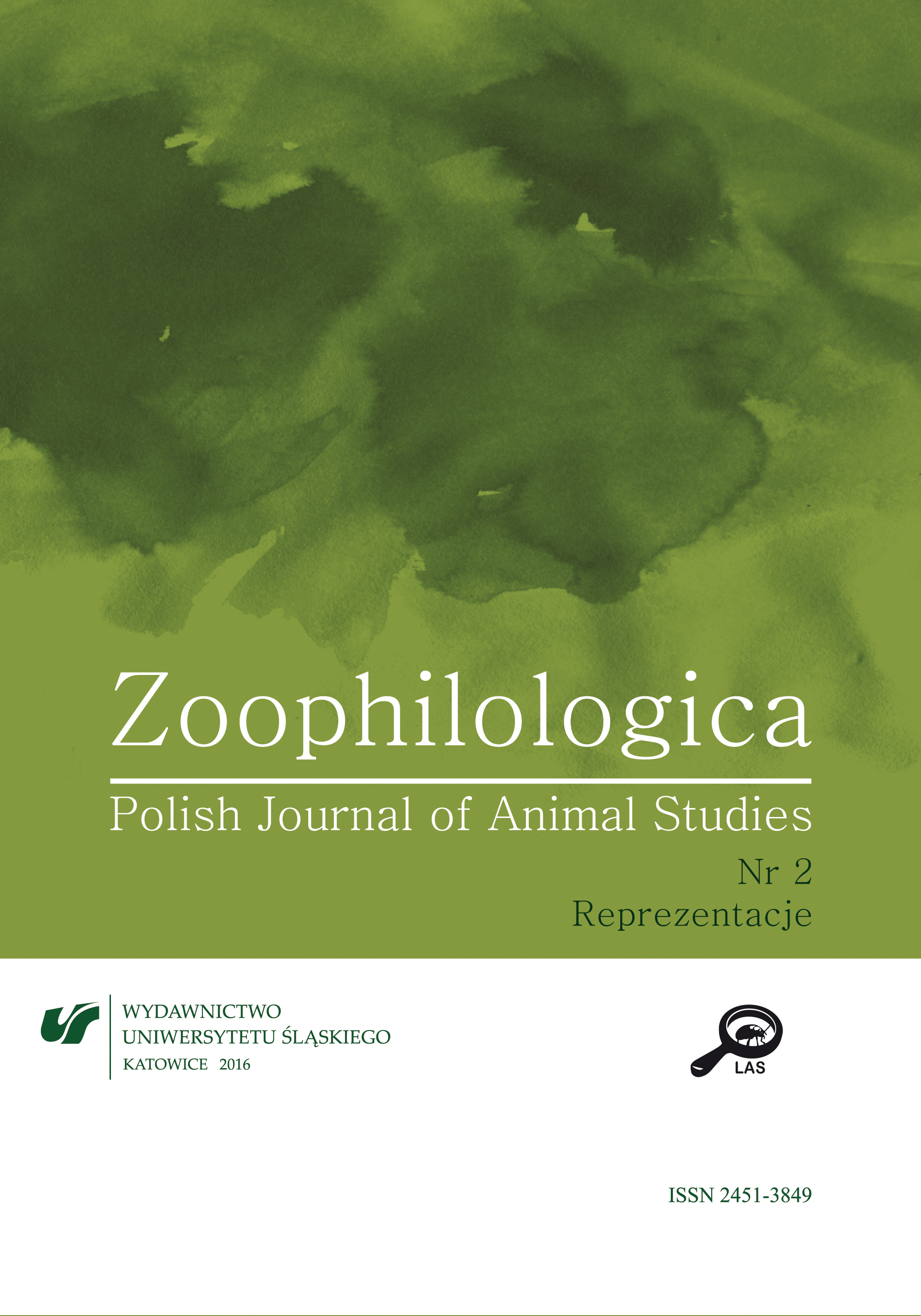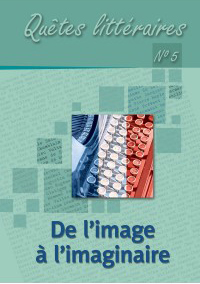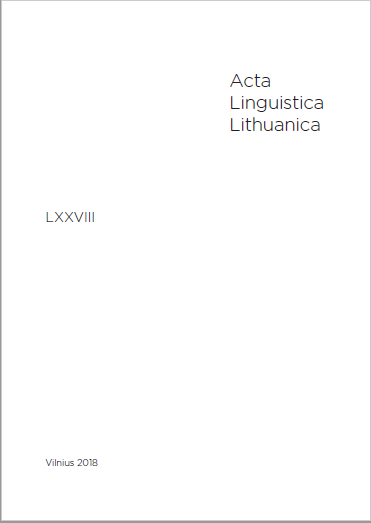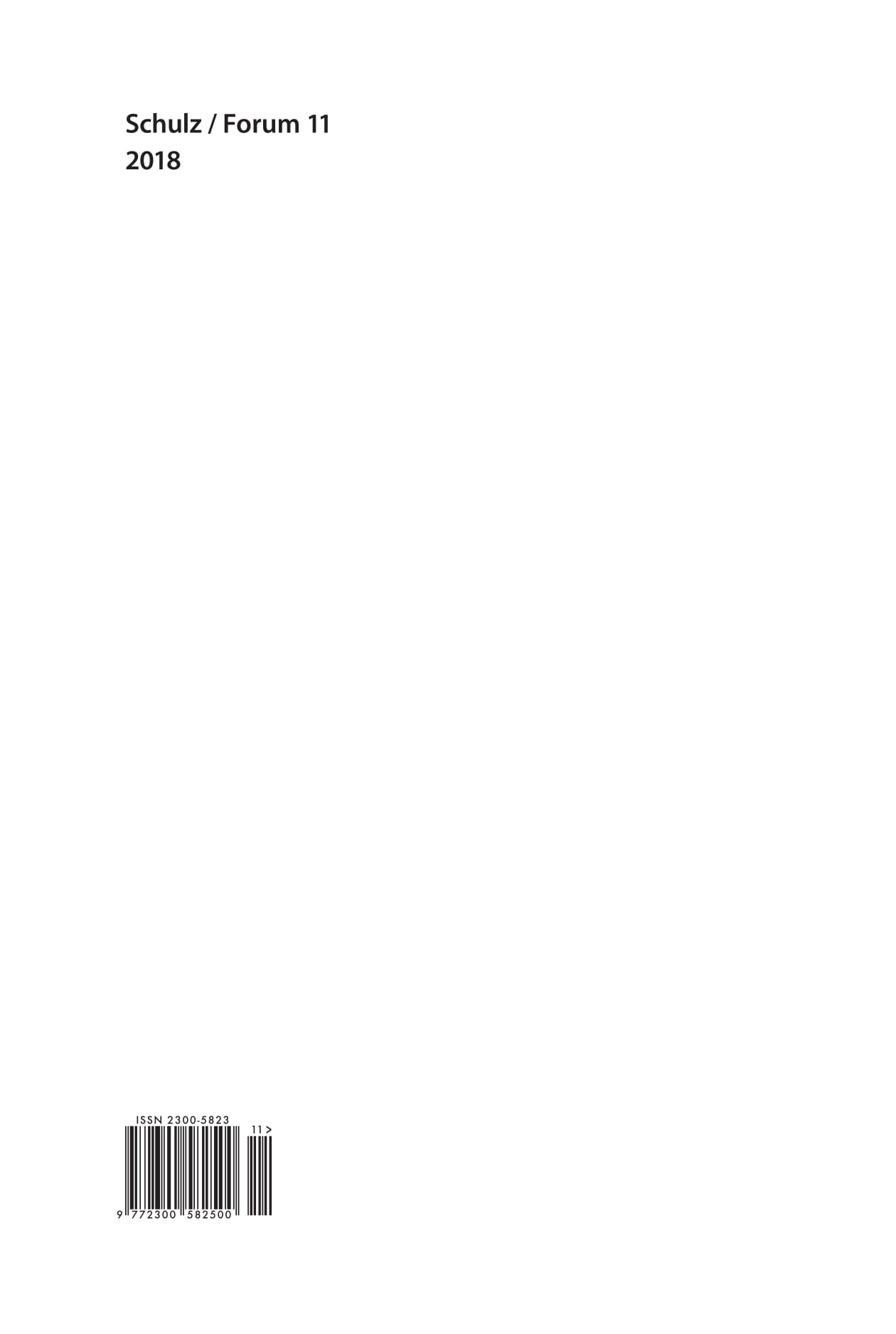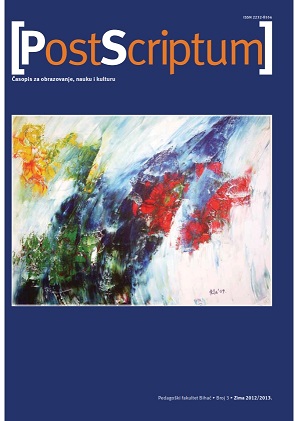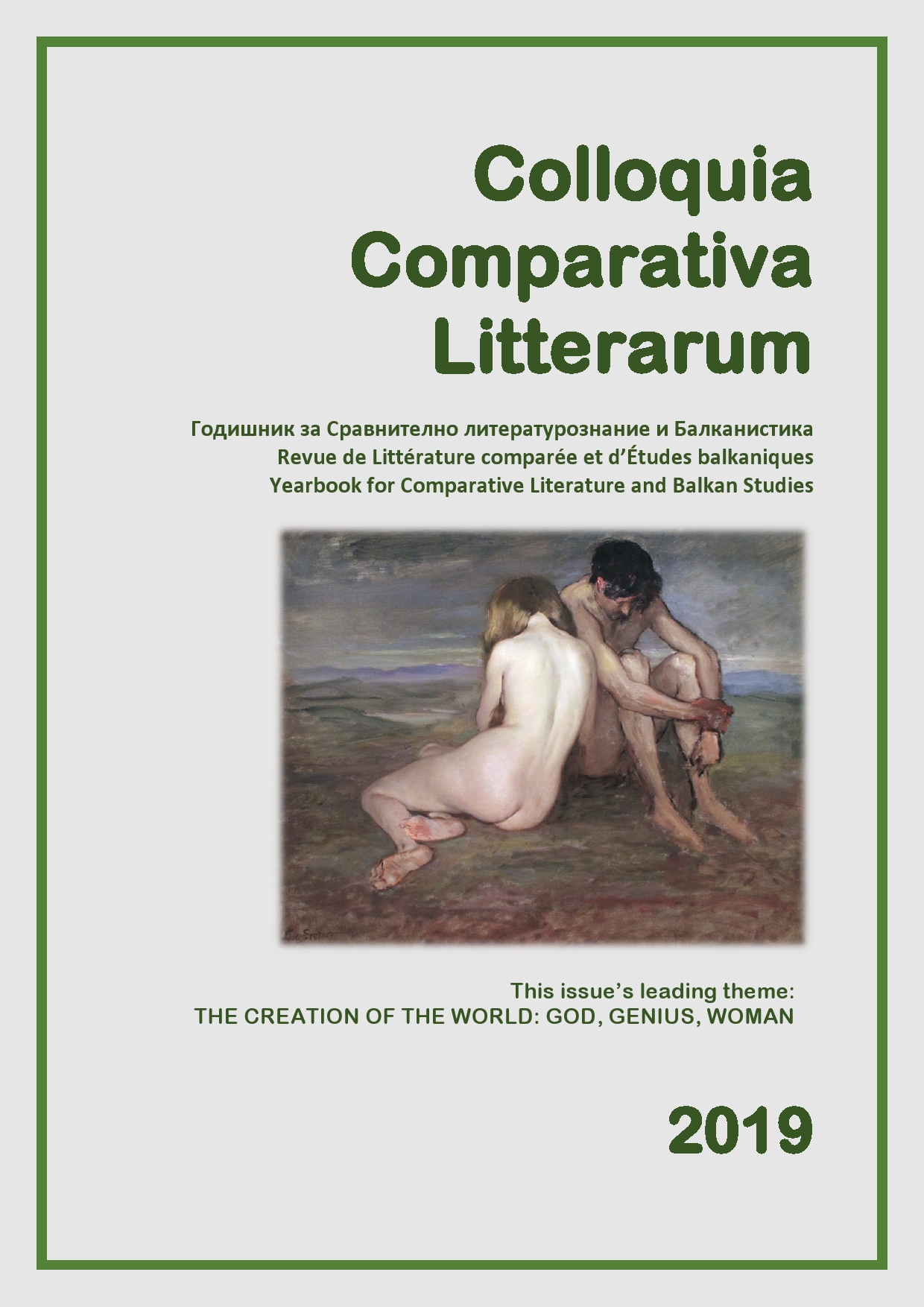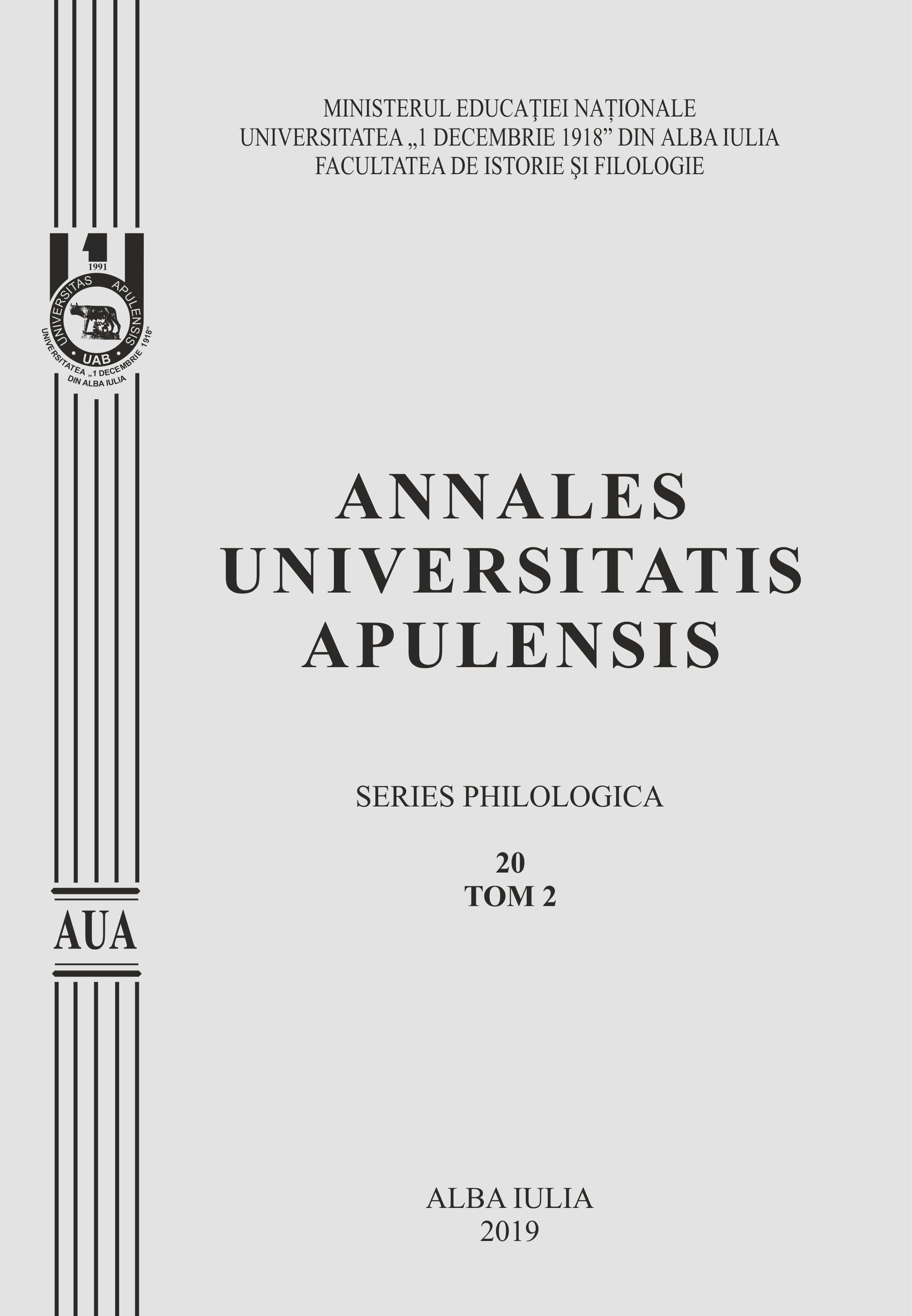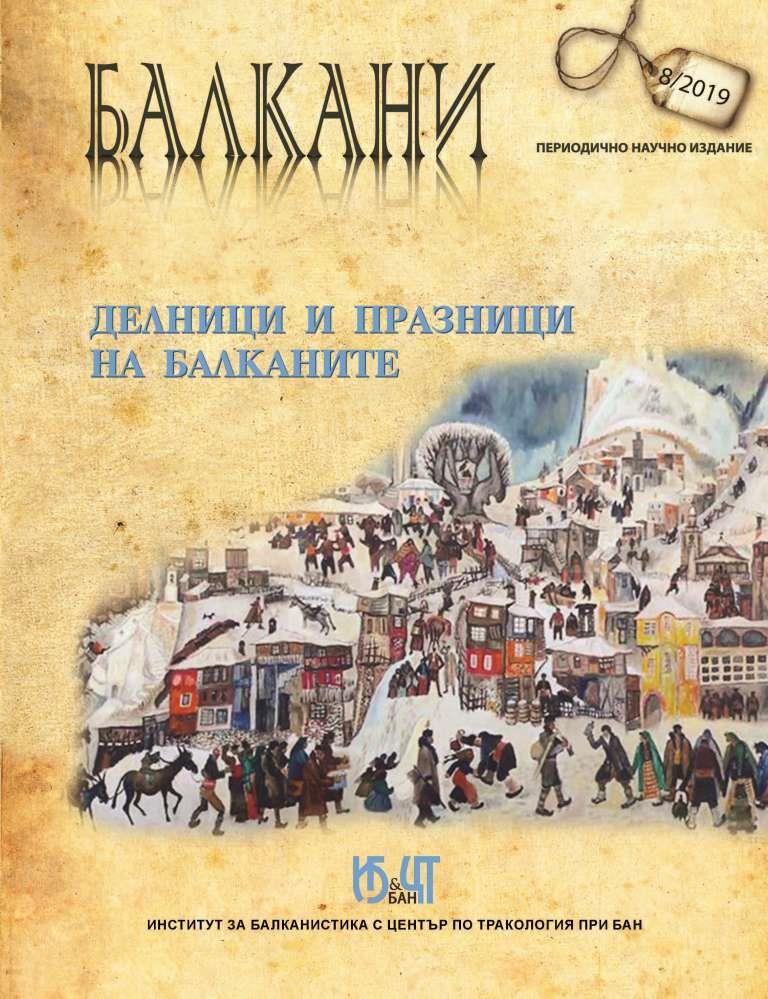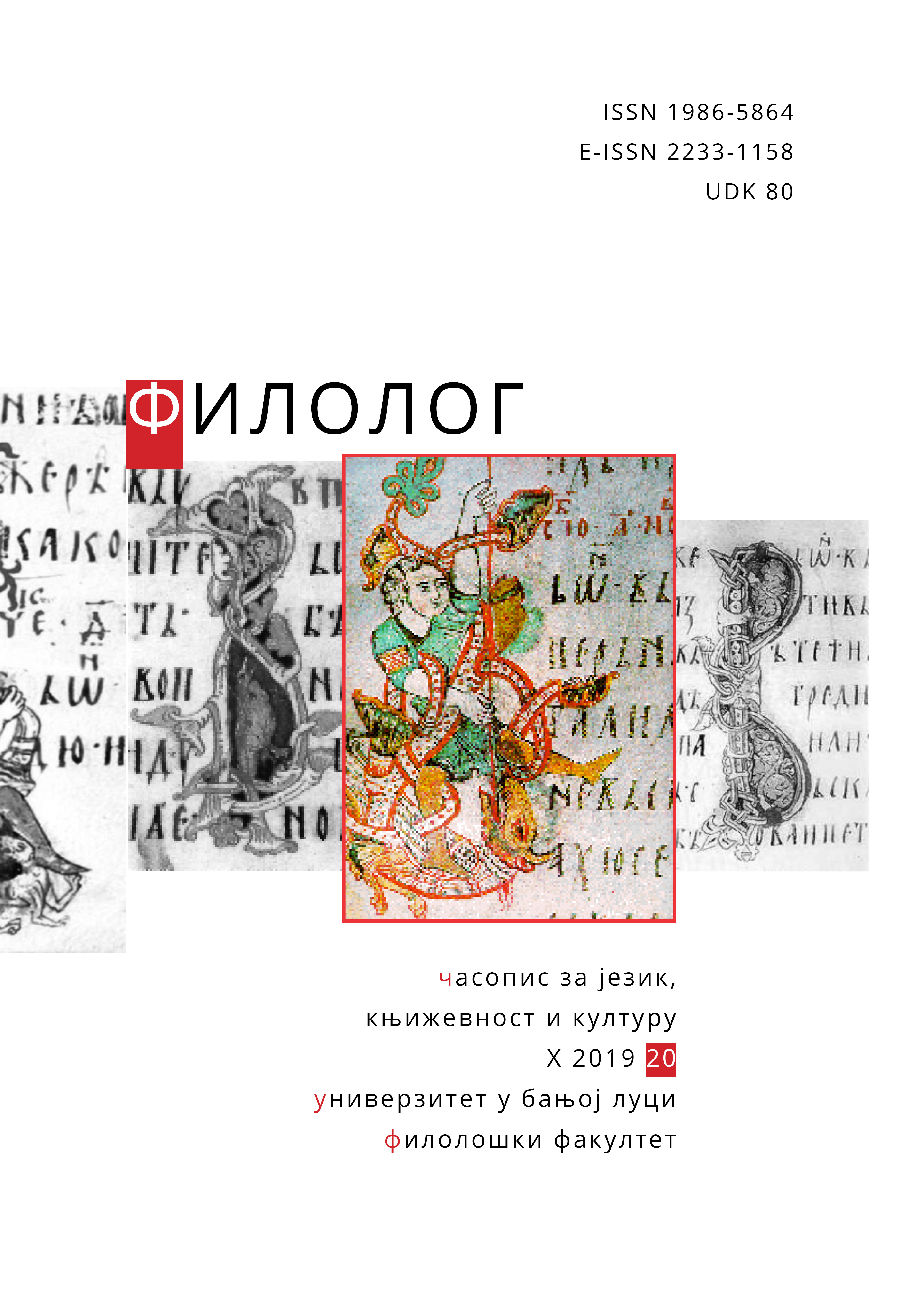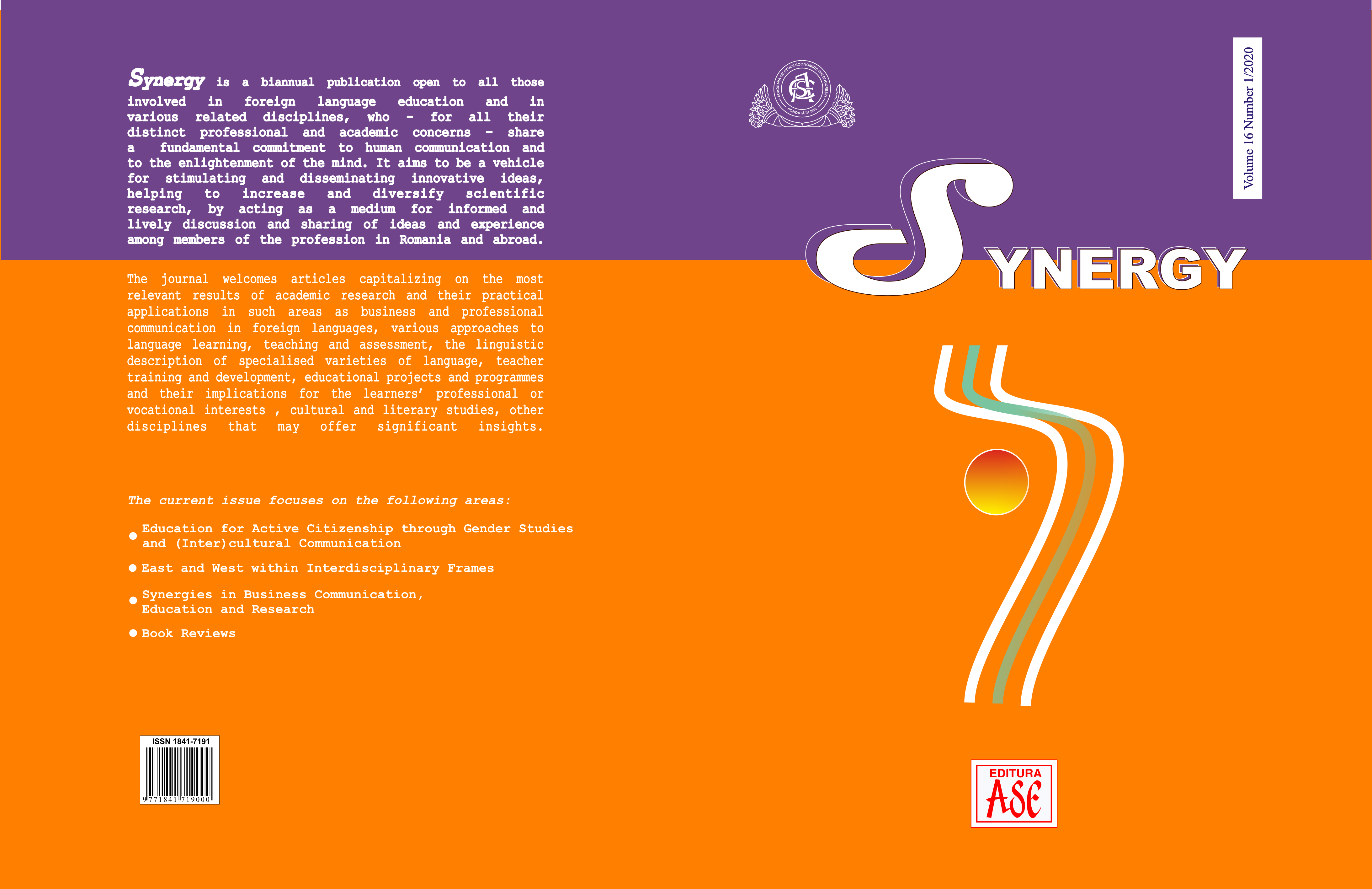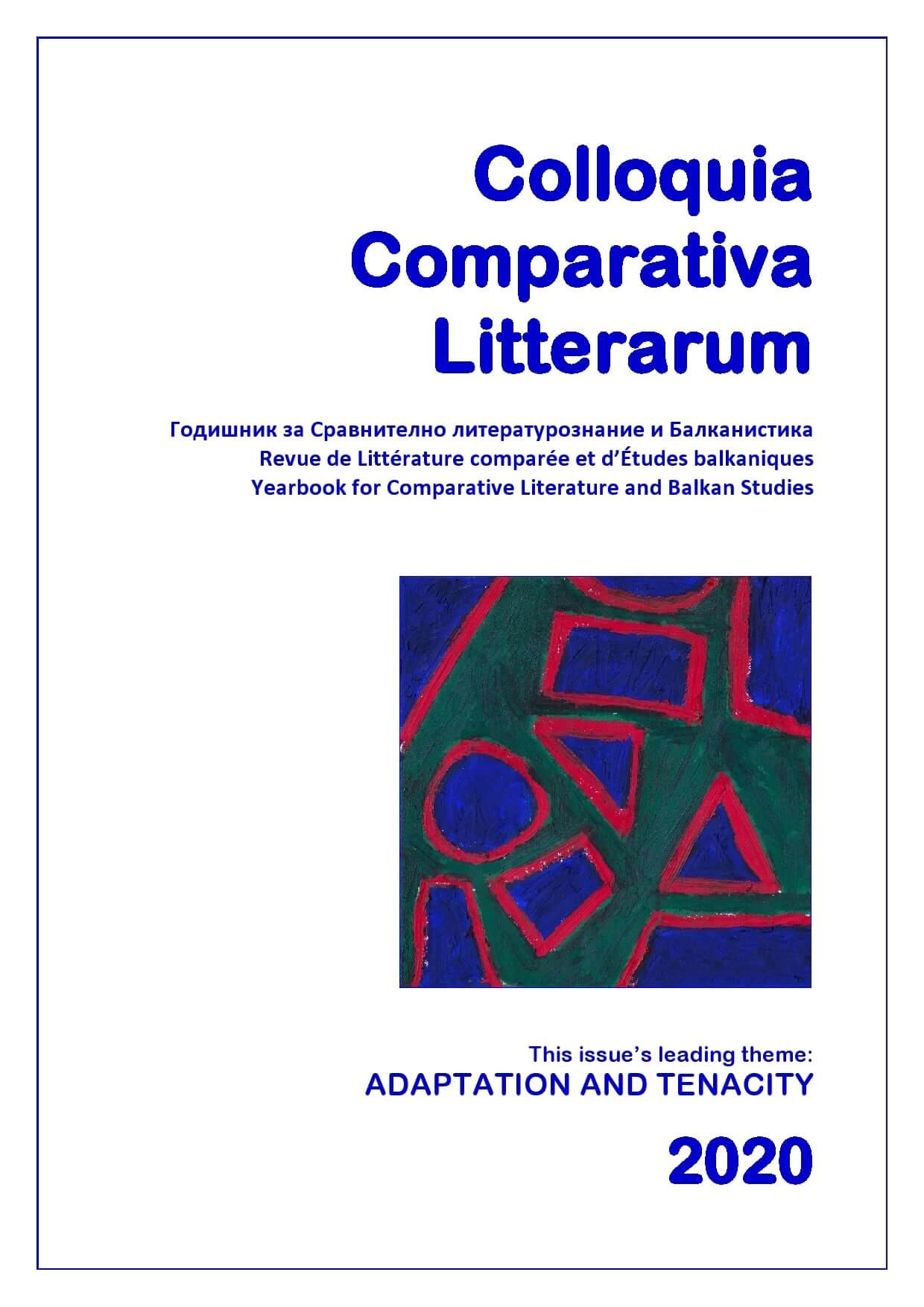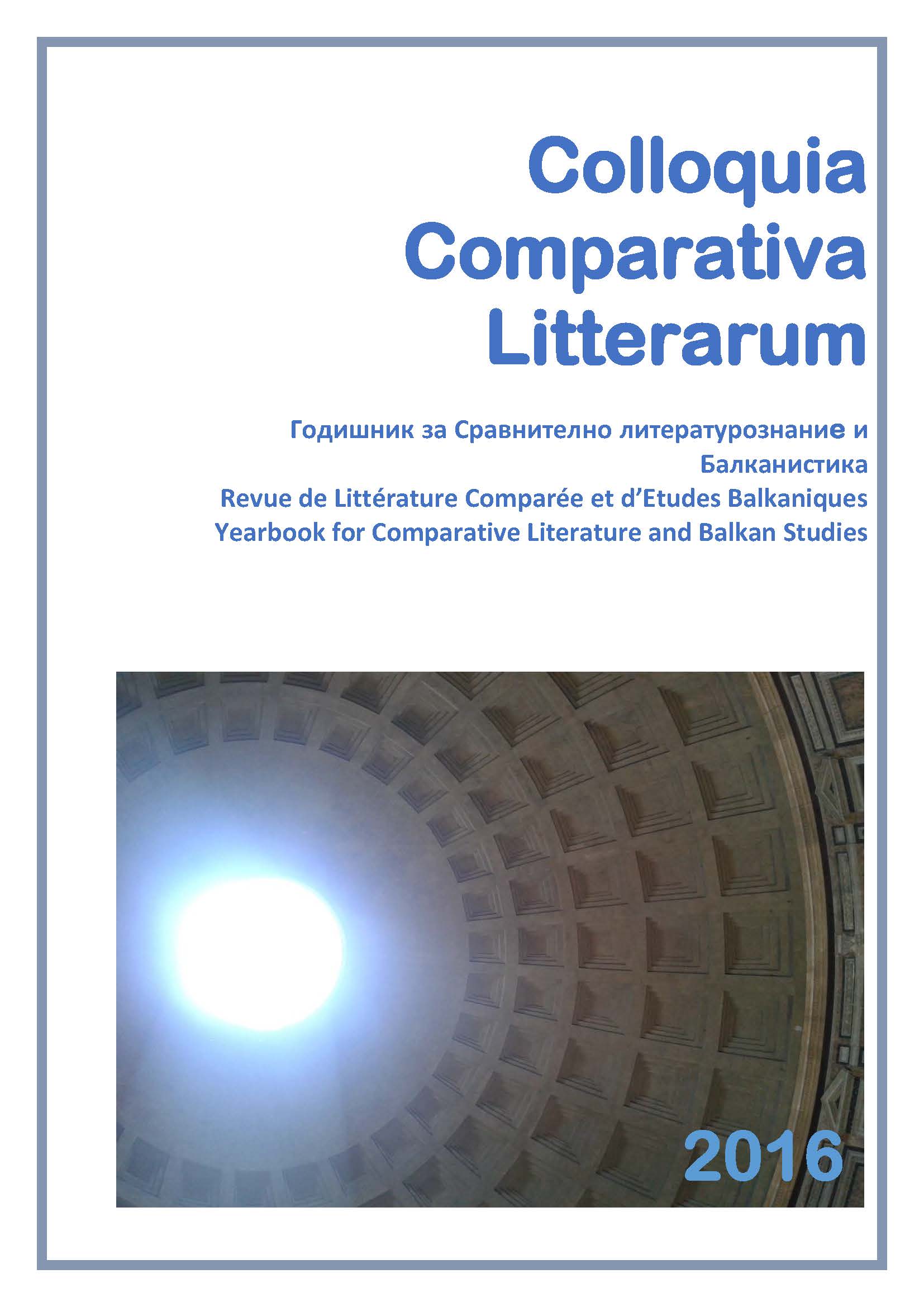
Salamone corse et Solomonar roumain : la magie pastorale et la figure de Salomon
This paper examines Corsican and Romanian traditions of mountainous shepherds in the context of the magic quest for milk. This quest is narrated in the tales and in the legends and it is embodied by the magic traditional characters as Corsican Salamone and Romanian Solomonar. Corsican Salamone would like to be the magic specialist of the brocciu’s creation and fabrication. But he can’t. Why? We will try to answer to this question. The brocciu is Corsican typical cheese. Solomonar is a Romanian weatherman who requests for the eggs and for the milk in his village. Why? We will try to answer to this second question. Finally, both characters Salamone and Solomonar are a re-appropriation of the famous mythical character in the Grimoires books, Solomon. This comparative research aims to understand his symbolical role in this ritual quest transformed in the popular narrative tradition.
More...
